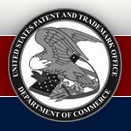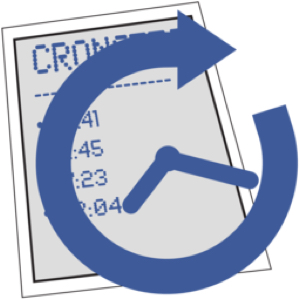Apple has been granted three patents by the US Patent & Trademark Office. Following is a summary of each.
Patent number 8036894 is for a multi-unit approach to text-to-speech synthesis. Per the patent methods, apparatus, systems, and computer program products are provided for synthesizing speech. One method includes matching a first level of units of a received input string to audio segments from a plurality of audio segments including using properties of or between first level units to locate matching audio segments from a plurality of selections, parsing unmatched first level units into second level units, matching the second level units to audio segments using properties of or between the units to locate matching audio segments from a plurality of selections and synthesizing the input string, including combining the audio segments associated with the first and second units. The inventors are Matthias Neeracher, Devang K. Naik, Kevin B. Aitken and Jerome R. Bellegarda.
Patent number 80367021 is for calendaring techniques and interfaces. The calendaring techniques and interfaces described provide access to calendar data stored in a server hosted calendar store to applications. The calendar data includes calendar events and tasks. In one aspect, an application program interface (API) retrieves an occurrence from a series of reoccurring calendar data upon request from an application. In another aspect, the API sends calendar data provided by the application to a server program that manages a calendar store for storage and queries the server program to retrieve calendar data requested by the application from the calendar store. In yet another aspect, the API sends notifications that the calendar store has changed to interested applications. The inventors are Scott Joseph Adler, Matthew Dimaggio, Matthew Elliott Shepherd, Lala Dutta, and Bruce Arthur.
Patent number 8036378 involves a system and method of authentication. The proposed scheme utilizes new algorithms that introduce randomness using a physical value for authentication. An exemplary method includes sharing an initial state value S(0) with a sender and a receiver, generating a sender S(t, v) based on a parameter t and an identifier v and based at least in part on the value S(0). The method includes generating a receiver S(t, v) from S(0) based on the parameter t and the identifier v wherein the parameter t is related to a physical value in authenticating the identifier v based on a comparison of the sender S(t, v) and the receiver S(t, v). The process of generating the sender S(t, v) and the receiver S(t, v) includes a random variable generated by a process such as by a random number generator, the Brownian Motion or Wiener Process. Other embodiments do not use the physical value for authentication. The inventors are Mathieu Ciet, Augustin Farrugia, Jean-Francois Riendeau, and Nicholas T. Sullivan.
— Dennis Sellers




